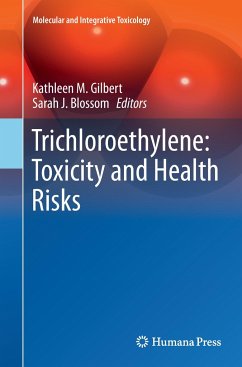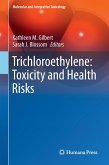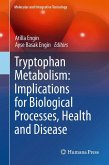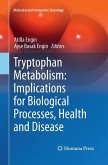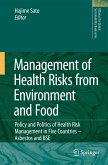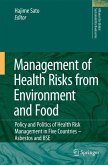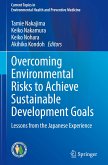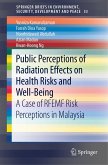A comprehensive overview of the effects of trichloroethylene toxicity caused by real-life exposure levels highlighting how exposure to trichloroethylene may contribute to the etiology of several idiopathic human diseases. Discussion will focus on different kinds of modeling and how they may be used to predict functional consequences and to dissect the contribution of different mechanistic pathways, including potential mechanisms of action for trichloroethylene toxicity in different organ systems. It will explore the role of epigenetic alterations in trichloroethylene toxicity, this provides important mechanistic information and may also provide the basis for intervention therapy. Chapters will also explain how the risks from trichloroethylene exposure may be greater in certain populations based on genetic predisposition, age of exposure and co-exposure to other chemicals With contributions from international experts in the field, Trichloroethylene: Toxicity and Health Risks is anessential resource for researchers and clinicians in toxicology, immunology, medicine and public health as well as industry and government regulatory scientists involved in safety and health protection and epidemiologists, highlighting the need for interdisciplinary cooperation in solving issues of environmental toxicity.
Bitte wählen Sie Ihr Anliegen aus.
Rechnungen
Retourenschein anfordern
Bestellstatus
Storno

